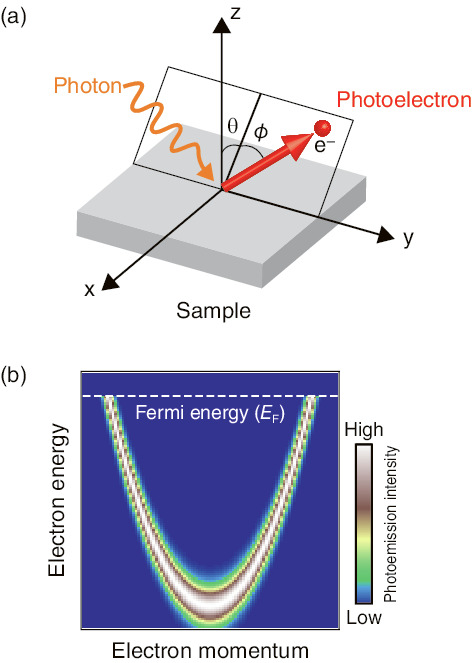
Fig.5-17 Schematic diagram of angle-resolved photoelectron spectroscopy

Fig.5-18 Comparison of the band structures and Fermi surfaces of (a) URhGe and (b) UCoGe
Actinide compounds such as those of uranium show complicated physical properties such as various magnetic and superconductive behaviors and share a characteristic position among strongly correlated electron systems. In particular, superconductivity often coexists with magnetic order in uranium compounds, making them important for understanding how this coexistence occurs. These unique physical properties of uranium compounds are attributed to the nature of U 5f electrons, which show both itinerant and localized properties due to the electron-correlation effect, but a unified understanding has not yet been achieved.
SPring-8 BL23SU can handle radioactive materials such as uranium compounds, and it is the only environment in the soft-X-ray region. Soft-X-ray angle-resolved photoelectron spectroscopy can reveal bulk-electronic structure and be used to observe physical quantities such as band structure and the Fermi surface, which characterize the electronic state of matter. Fig.5-17 shows a schematic of angle-resolved photoelectron spectroscopy. By measuring the kinetic energy and angular distribution of the emitted photoelectrons, experimentally deriving the band dispersion and shape of the Fermi surface is possible. We have elucidated the electronic states of many uranium compounds.
In this study, we compare the band structure obtained by soft-X-ray angle-resolved photoemission spectroscopy to the band-calculation results for uranium compounds with coexisting superconductivity and magnetism. Some uranium compounds are attracting attention due to the coexistence of ferromagnetism and superconductivity, which have been considered contradictory properties. Fig.5-18 shows a comparison between the experimentally determined band structures of (a) URhGe and (b) UCoGe and the band-calculation result. Experiments show that the overall band structures of these compounds can be explained by band calculation; on the other hand, when considering the structure near the Fermi level (which determines the electroconductive properties of substances) the agreement between the experiment and the calculation becomes worse. These results indicate that U 5f electrons, which are responsible for superconductivity and ferromagnetism, basically have an itinerant nature but an electronic-correlation effect. This result is not only fundamental information for understanding the electronic state of uranium compounds, it is also useful for considering models of the coexistence of magnetism and superconductivity.
<Previous: 5-6 | Next: 6 HTGR Hydrogen and Heat Application Research>